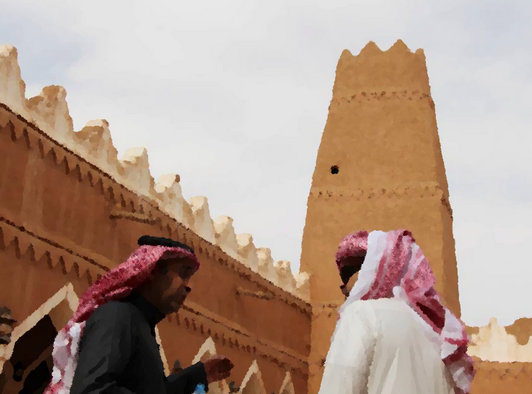In 2012, 1 billion tourists visited countries all over the world, and this movement led to the generation of more than $1.3 trillion for the global economy. More than half of tourists used air travel to reach their destinations. In 2010, the total contribution of tourism toward the global GDP reached $6.6 trillion (9.3% of the gross domestic global product). This contribution is expected to increase in 2013 by 3.2%, in 2013 by 4.4% annually, and in 2013 to $10.5 billion.
These results clearly demonstrate the significant economic activity generated by industries such us hotels, travel agencies (both traditional and online services), airline companies, and other transportation services. This activity includes industries that tourists support directly such as entertainment and restaurants, nightlife, and more. In 2012, the total share of travel and tourism in employment, including jobs that indirectly supported by these industries, reached 8.7% of the total employment (261 million jobs). The contribution is expected to increase by 1.7% in 2013, or 266 million jobs and 2.4% annually, and is expected to reach 337 million jobs in 2023 (which is 9.9% of the world employment).

During the last year, about ten million foreigners visited the Kingdom of Saudi Arabia, a number that is equal to almost one third of its population. Seven million of those visitors are pilgrims whose sole purpose is performing the Hajj or Umrah pilgrimages. Something has to be done to prolong the stay of those visitors for extended periods of time.
The tourism sector contributes 2.6% to the total GDP of Saudi Arabia, and the number of domestic trips has reached a total of 37.1 million. Tourists spent a total of SAR 76 billion ($20 billion). Although the Saudi tourism sector has a long way to catch up with global trends, tourism is one of those industries that has a real potential to diversify the economy, although it lacks effective and productive policies. When the first development plan for the Kingdom was introduced in 1970, its sole focus was the diversification of the oil-based economy, and all subsequent plans aimed to achieve the same goal. But after over 40 years, 90% of the Saudi government revenues are still sourced from oil, and revenues from hydrocarbons make up the vast majority of SAMA’s foreign assets – in excess of $715 billion. If oil disappears today, the government will lose all its revenues and the whole country will suffocate.
The Saudi tourism sector has the potential to provide fast and much-needed increases in employment, too. In 2013, the number of jobs in the tourism sector reached 751,000 – of which Saudis filled only 27.1%. Although the wages of these jobs are not high in comparison to the banking industry, for example, the number of Saudis who work in tourism is five times the number of Saudis who work in the banking industry. If wages increase for these workers in the tourism sector, it would be a much more attractive industry for Saudis. According to the Tourism Information and Research Center, the tourism sector will provide 1.7 millions of jobs by 2020. If 60% of these jobs go to Saudis, then the number of jobs will reach one million.
The point is this: when Saudis earn decent wages, they will learn to master working in the service sector. Prior to the oil price boom of the 1970s, Saudi laborers were hard working even as drivers and domestic helpers in many parts of the country and the Gulf. Nobody is born to be service oriented. Take Switzerland as an example, the population was not born to be service-prone, but was educated to be so gradually over years. Cesar Ritz who was born to a peasant family founded the Ritz hotels empire and he was the first to introduce the principle of “the customer is always right”.
In 2013, as the rate of unemployment among Saudi youths (ages 15-24 years) reached 41%; it is imperative to create and provide as many jobs for Saudi citizens – 35% of which are under age 15. Saudi Arabia has great tourism promise in its many historical sites and religious antiquities that are still under-visited due to visa and access issues. In order for tourism to prosper, all ministries and commissions need to come together without exception and support the efforts of the Saudi Commission of Tourism and Antiquities.
 John Sfakianakis is the Chief Investment Strategist of MASIC, the Riyadh-based investment and asset management company.
John Sfakianakis is the Chief Investment Strategist of MASIC, the Riyadh-based investment and asset management company.
Editor’s Note: This article is a translated version of the original item, which appeared in Arabic on Alayum.com. You may view that link here: http://www.alyaum.com/News/art/130196.html









